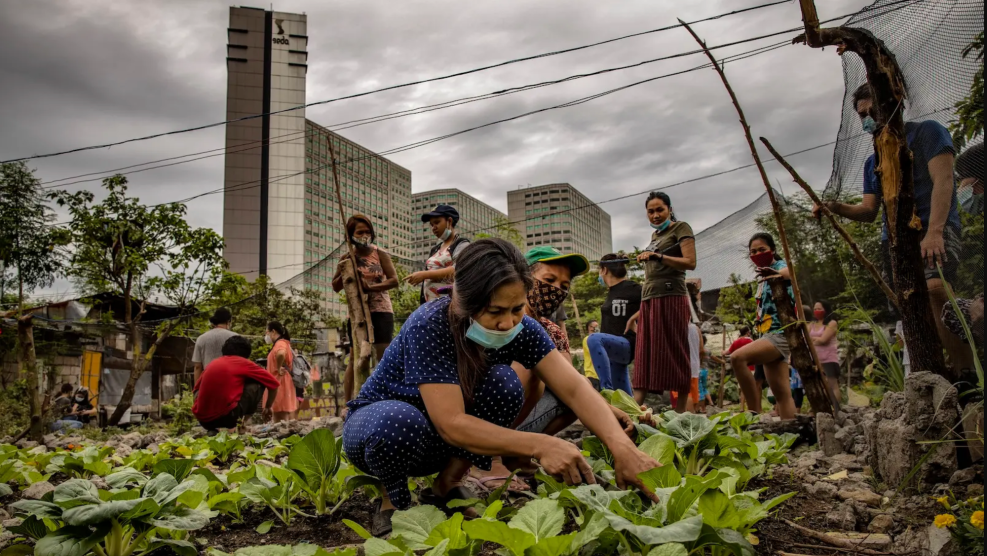 Bay Wash Water Welfare Grapes of Wrath Redux |
The Great Central Valley California’s Central Valley is a 500-mile-long basin enclosed by the Sierra Nevada mountains to the east and the Coast Ranges to the west. For convenience, its northern third is known as the Sacramento Valley and the southern two-thirds as the San Joaquin Valley. South of the San Joaquin River lies a region of internal drainage known as the Tulare Basin. The two rivers — the Sacramento and the San Joaquin — converge in a fertile, 1,000-square-mile delta between Sacramento and Stockton before flowing into San Francisco Bay, and from there out to the Pacific. In 1993, Ralph E. Grossi, president of the American Farmland Trust, called the Central Valley “without a doubt the most threatened agricultural region in the country.” A 1995 study released by the trust predicted that 1 million further acres of farmland will be urbanized by 2040. |
| The Salt Loop The numbers and arrows on the map indicate a gigantic loop of water laced with salt — as well as boron, selenium, and agricultural chemicals — accumulated in the runoff from the valley farms’ desert soil. State and federal pumps near Tracy (1) suck freshwater from the delta. The state-built California Aqueduct (2) sends the water south, irrigating the farms on the west side of the San Joaquin Valley. From there, the contaminated wastewater drains into the marshes and lowlands east of the aqueduct (3) and then into the San Joaquin River (4), which carries it back to the delta (5). The wastewater — and salt water pulled inland from San Francisco Bay — is picked up by pumps (1) to begin the salt loop again. The aqueduct also carries the contaminated water south of the San Joaquin Valley to the Tulare Basin (6), and then on to Southern California cities (7) for drinking and other uses. |
|
| Mud Cow Disease Wastewater selenium, absorbed by grasses, causes disease and death in cows. The mineral also can pass to humans through grains and vegetables. Birds that nest in trees planted to absorb the waste have a very high mortality rate. |
|
| Out of Breath As smog in the Central Valley worsens, pollution kills the forests of the Sierra Nevada that are necessary for watershed protection. Meanwhile, pollution, dust, chemicals, and pollen have made Fresno the asthma capital of California. |
Map by Lisa Hamilton and Denise Alvidrez
















